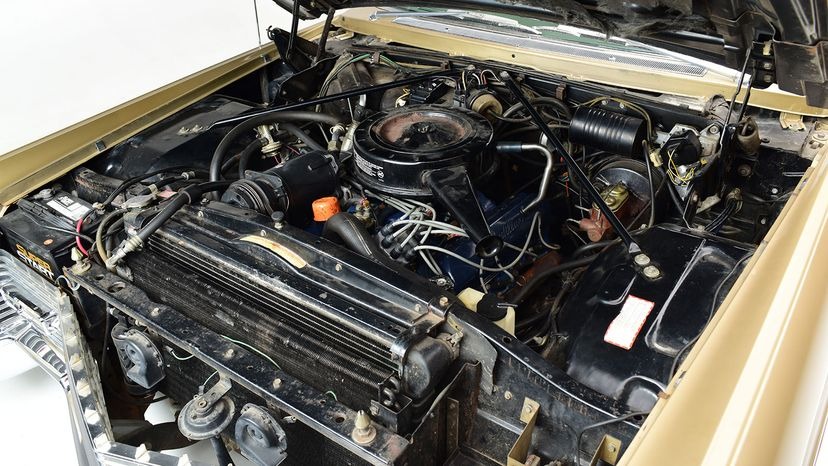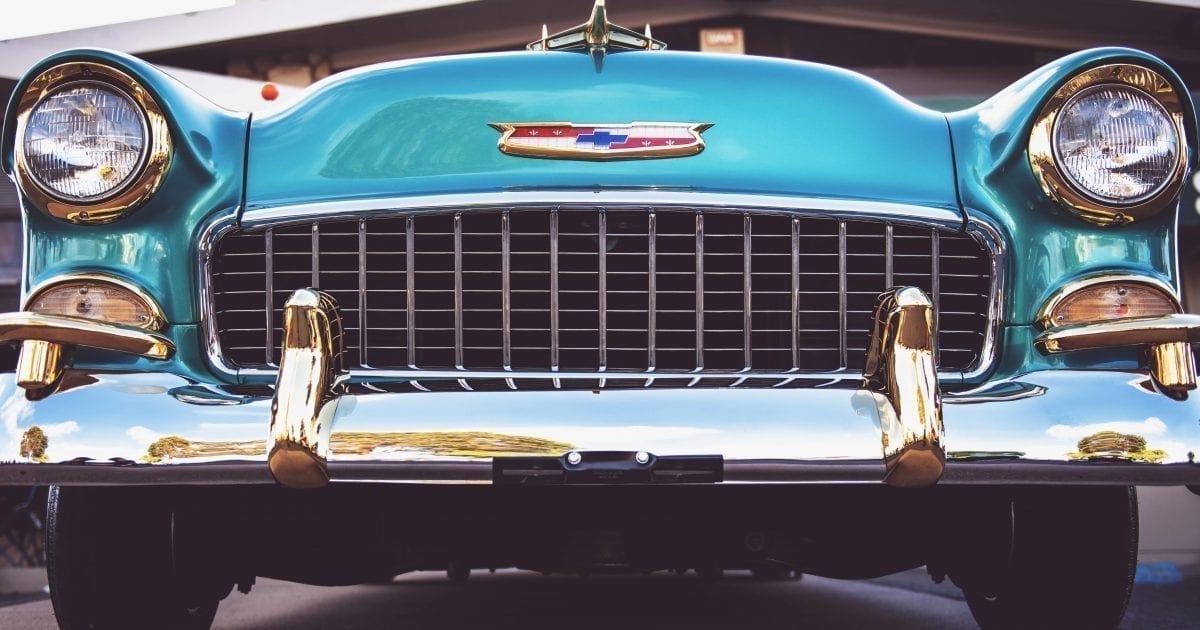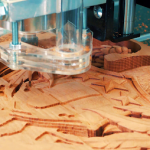For auto aficionados, rebuilding an old motor is a satisfying and labour-intensive task. Whether you are interested in restoring a whole classic car or just the engine of a beloved antique vehicle, the procedure takes time, expertise, and commitment.
The best remapping company UK is your first choice for professional ECU remapping & optimisation services if it comes to maximising your old car engine efficiency. This thorough tutorial will guide you through the process of bringing an old vehicle motor back to its former splendour.
Complete Engine Rebuild Vs. Patchwork Repairs
There are two options for improving an old car engine which degrades over time. The piecemeal strategy, which entails only replacing specific parts as needed to save money, is one option. The other is to completely rebuild the engine from scratch.
The piecemeal strategy entails merely replacing the damaged or worn-out components, leaving the rest alone. This upkeep strategy often tries to get by with replacement parts of common sizes including bearings, rings, pistons, and valves.
You might anticipate that such stand-alone fixes will continue to keep your car moving without greatly enhancing the engine’s performance because the only fundamental goal is undoubtedly economical.
1. Planning And Evaluation:
Check the engine’s state before beginning the restoration. Determine the problems, like worn-out parts rust or corrosion. Make a thorough strategy outlining the restoration procedure, considering the cost, schedule, and resources needed.
2. Engine Dismantling:
Remove the engine’s connection to the gearbox, exhaust system, and any other related parts of the car. Label every component’s location for reassembly with precision.
3. Disassembling And Cleaning:
Wipe every component, including the cylinder heads & engine block, carefully. Eliminate old grease, oil, and dirt. Construct the old car engine while noting each component’s state. Note any components that are worn out or broken.
4. Measurement And Inspection:
Look for evidence of corrosion, wear, or deterioration on each component. Keep a watchful eye on important parts including the camshaft, pistons, and crankshaft. To evaluate whether components are within specification or need to be replaced, measure clearances and tolerances.
5. Resurfacing Of Cylinder Heads And Engine Blocks:
To achieve a flat, smooth mating surface, the engine block & cylinder heads should, if required, be resurfaced. For correct compression to be achieved and leaks to be avoided, this phase is essential.
6. Replacement Of A Component:
Replace old or broken components like seals, gaskets, & bearings. If available, think about switching to more recent, enhanced elements.
7. Work With Machines:
Send important parts like the cylinder heads and crankshaft to a machine shop for machining and balance. Crankshaft grinding, cylinder boring, valve seat replacement, and other mechanical tasks are examples.

8. Painting And Cleaning:
Remove any debris or residues by thoroughly cleaning every component. To safeguard and improve the engine’s looks, paint it or coat it.
9. Assembling:
Start the reassembly procedure according to your instructions and labelling. Utilise fresh gaskets, seals, & fasteners while reassembly is being done.
10. Valve And Timing Adjustment:
To the manufacturer’s requirements, adjust the motor’s timing and modify the valve clearances.
11. Fluids And Lubrication:
Fill the motor with the necessary fluids, such as gearbox fluid, coolant, and motor oil, if necessary. Before igniting the motor, prime the oil system.
12. Testing And Tuning:
Start the car’s engine slowly and pay attention to any odd noises or problems. Make preliminary tuning and alterations, such as carburettor tuning, ignition timing, along idle speed.
13. Break-In Phase:
Steer clear of rough driving and high RPMs throughout the initial break-in phase. After the break-in time, change the oil and check for leaks or other problems.
14. Final Check:
Perform a final check to confirm that all parts are in good working order and that there are no leakage or other problems. Resolve any outstanding issues before deeming the restoration to be finished.
15. Detailing And Reinstallation:
Before reinstalling the motor into the car, clean and condition the engine bay. Reconnect all hoses, wires, and other parts.
16. Test Drive And Fine-Tuning:
Take the car for a test drive to gauge how well it drives and how the motor performs. To obtain peak performance, keep adjusting as needed. Keep thorough records of the rehabilitation management, particularly the components, metrics, and changes.
17. Documentation And Maintenance
To preserve the service life and efficiency of the motor, adhere to a regular maintenance routine. 18. Enjoyment: – At last, take pleasure in the results of your toil by driving your repaired vintage vehicle and showing your engineering marvel.
Conclusion: A Love-Work
The task of rebuilding an old car motor is difficult but extremely satisfying. It calls on a trifecta of technical expertise, technical know-how, and endurance. Nevertheless, the end product is a gorgeously repaired engine which not only works well but also preserves a significant portion of automotive history.
For dedicated automobile fans, the pleasure of hearing the motor roar to life renders every hour of laborious effort worthwhile, whether you’re maintaining a classic or bringing a vintage gem back to life.
Also, read this: Common Problems with Peugeot Cars










